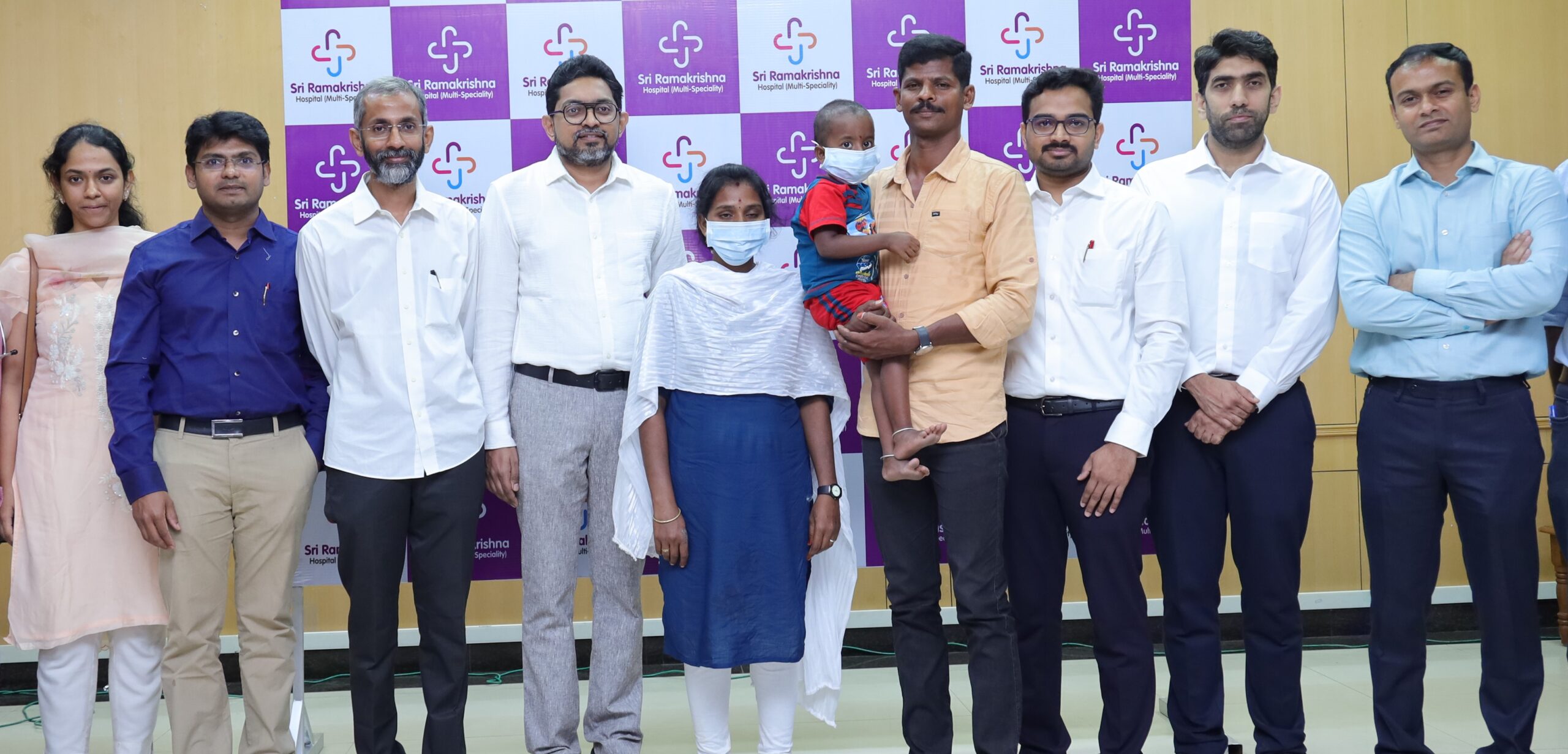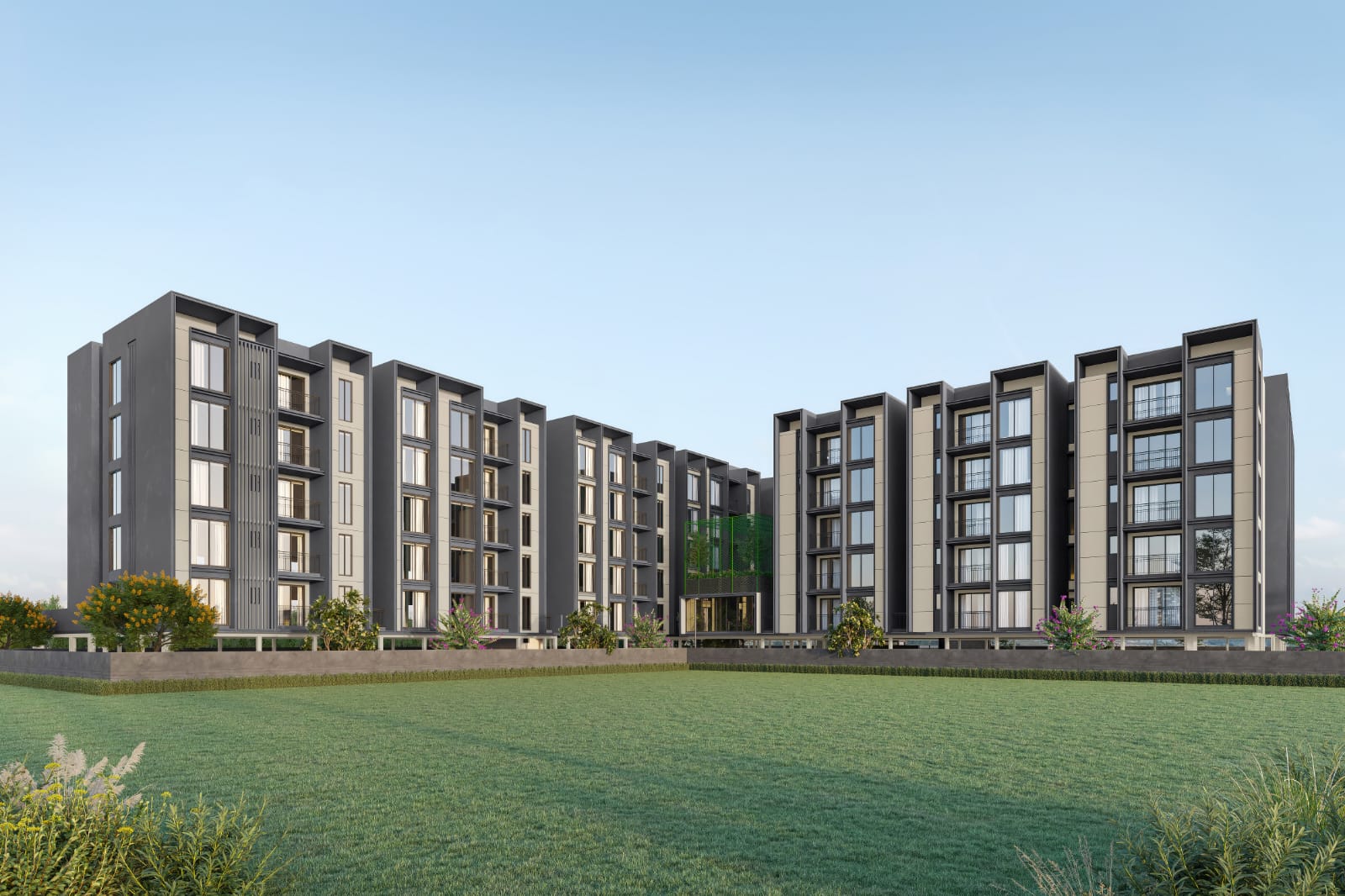Trending Now
- 830 voters names go missing in Kavundampalayam constituency
- If BJP comes to power we shall consider bringing back electoral bonds: Nirmala Sitaraman
- Monitoring at check posts between Kerala and TN intensified as bird flu gets virulent in Kerala
Coimbatore
Take proactive steps to apportion larger GDP spend to Healthcare: AHPI
![]() April 20, 2020
April 20, 2020
Coimbatore : Tamil Nadu chapter of Associationof Healthcare Providers of India (AHPI) Monday urged the Centre to take proactive steps to apportion larger GDP spend to health care post Covid-19.
The Covid-19 outbreak has come as a major jolt to most countries’ health care systems and poses a big question mark on their GDP spend, which has
been quite disproportionate, as compared to other sectors of the economy.
In India, the rich and the upper class have always been privy to the best healthcare services through the private sector, yet nearly 600 million middle class, as well as the rural and urban poor are left wanting for quality, affordable healthcare, AHPI Tamil Nadu President, Dr S Gurushankar said.
India spends just a little over one per cent of its GDP on public healthcare despite an increase in health expenditure since 2009, according to the latest National Health Pofile (NHP) data, Gurushankar said in a statement here.
India’s healthcare system, both in the urban and rural sector, is in dire need of funds not just to be able to employ more doctors and nurses but also for more hospitals and better run primary health centres in rural areas, he said.
The average healthcare spend per person in India is amongst the lowest when compared to other countries. Even countries like Sri Lanka, China, and Thailand invest three to four times more per capita income on healthcare.
However, decades of negligence and under-funding cannot be changed overnight,
and India’s population density compounds this challenge necessitating the need for a clear policy to address these serious gaps in our healthcare strategy.
India ranks 184 out of 191 in terms of GDP percentage spend on healthcare, as per WHO at 85$ (approximately INR 6044) and lags behind China, Sri Lanka, Bangladesh and even Bhutan in terms of levels of healthcare access and quality, he pointed out.
With the world’s largest poor population, India’s low public health spending has serious implications. Besides low funding, poor infrastructure and shortage of doctors, India’s healthcare system today offers low quality care, a lack of accountability, unethical care, overcrowding of clinics, poor cooperation between
public and private spheres, barriers of access to services and medicines, high healthcare costs, low insurance coverage and lack of public health knowledge.
Health parameters of below the poverty line (BPL) population had always been a concern for India’s march towards Millennium Development Goals (MDG’s). In fact, 7 per cent of the Indian population is pushed into poverty each year because they are not able to afford the out of pocket expenses involved.
Unless policymakers address the twin challenge of decrepit rural infrastructure as well as the very high costs of out of pocket expenses, universal
health cover will not extend to all Indians, Gurushankar suggested.
So far, under funding, lack of foresight and follow through in policy have resulted
in these glaring lacunae in state run health facilities and these cannot be reversed in just a few weeks he said.























